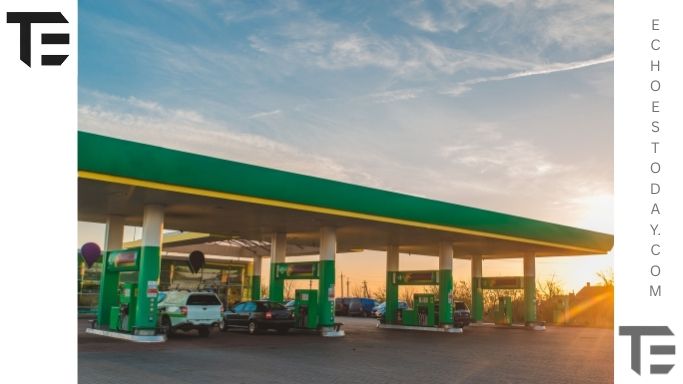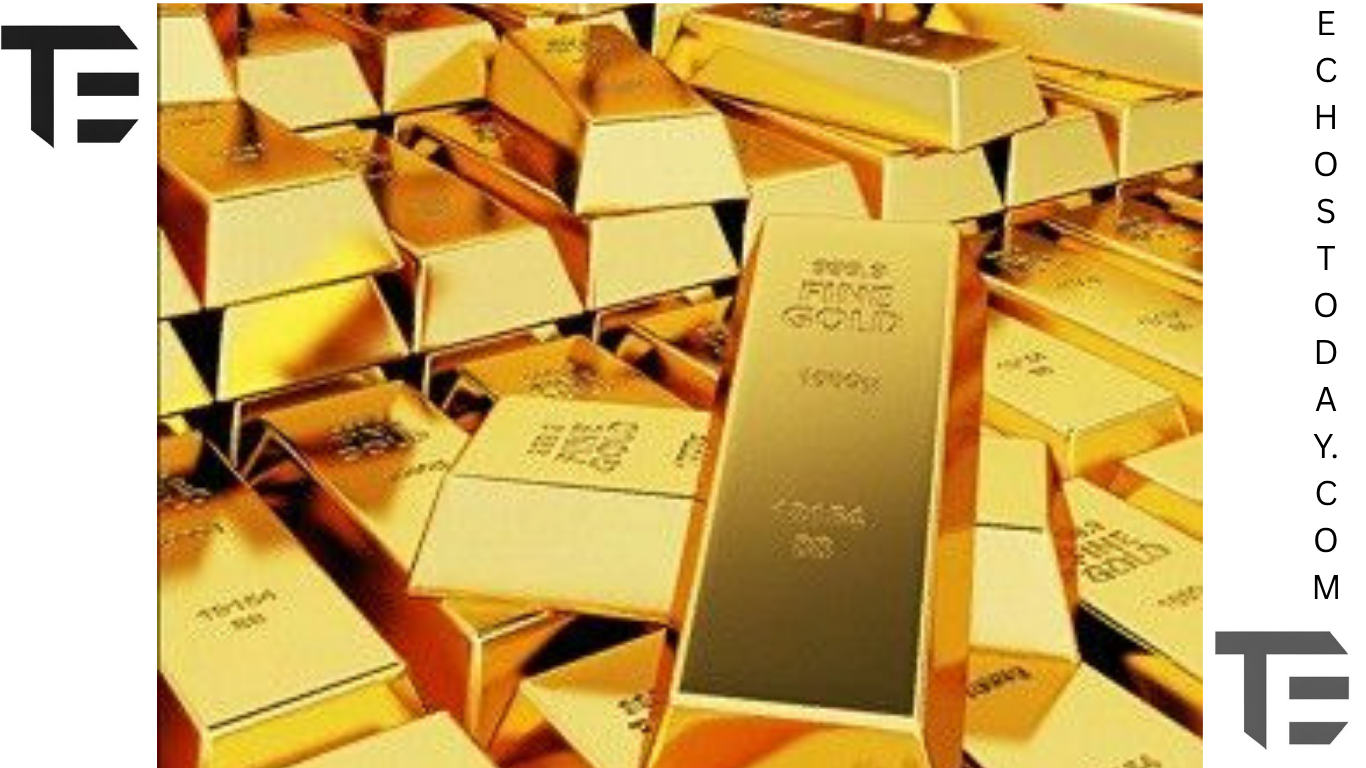Petrol and diesel prices in Pakistan 2025.

Pakistan’s petrol and diesel price in 2025: most recent projection
Petrol and diesel prices in Pakistan are once again under review, and the news brings a breath of relief to consumers across the country. From April 16, petrol prices in Pakistan 2025 could experience a big decline, up to Rs8 per liter. This expected drop corresponds with the government’s continuous efforts to offer economic relief and follows global changes in the oil market.
Anticipated to be formally revealed on April 15, the updated fuel prices could show the following:
Fuel Type Current Price (PKR) Expected Price (PKR)
Petrol 254.63 246.13 – 246.63
Diesel 258.64 251.64 – 252.14
Kerosene Oil 186.86 179.86 – 180.36
Light Diesel 178.44 171.44 – 172.44
Why April 2025’s declining petrol prices
Declining worldwide oil consumption, particularly in light of ongoing US-China trade tensions and a slow global economic recovery, primarily drives the predicted drop. Though the U.S. offers tariff exemptions on some items, the market mood is still low, and this directly affects fuel price changes, even if there is a temporary spike.
Global Oil Market Trends: The Viewpoint is Still Bigger
Although analysts note a structural contango in futures, signaling oversupply, the Brent crude and West Texas Intermediate (WTI) benchmarks showed little upward movement of about 1%. Together with careful production projections, this excess is determining global pricing and impacting Pakistani domestic rates.
Home Economic Pressures and Government Approaches
The rising cost of living and high inflation have seriously burdened households. Aware of these difficulties, the government wants to immediately transmit the advantages of global oil market corrections to the people to aid in reducing economic stress.

Analysis of Forecasts for Fuel Prices
Petrol
Petrol is expected to drop by Rs8 to Rs8.50 a litre, settling about Rs246.13 to Rs246.63.
Diesel
Commonly used in industry and agriculture, diesel may drop by Rs6.50 to Rs7, estimated to range from Rs251.64 to Rs252.14.
Kerosene Oil and Light Diesel
Kerosene and light diesel oils are also likely to see cuts of up to Rs7, which will benefit the industrial and rural sectors.
Public Reaction to Cutting Fuel Prices
From carriers to commuters, the predicted decline has spurred hope. Many applaud it, particularly given years of consistent increases. Economic forums and social media sites are humming with debate about how this decrease might, at last, free budgetary restrictions.
Recent Government Action and Price History
While diesel prices stayed the same, the government reduced petrol rates by Rs1 per liter in the last fortnightly revision just before Eid al-Fitr. While we appreciated this small change, we judged it inadequate. The forthcoming cut is supposed to have more of an impact.
Effects on Logistics and Transportation Industries
Reducing fuel costs directly lowers transportation and shipping costs, therefore influencing food distribution, ride-sharing rates, freight charges, etc. In the end, the impact works through to consumer product pricing.
Consumer Benefits and Control of Inflation
Reducing fuel costs is part of a larger plan to help stabilize consumer prices because food inflation is relentless. Consistent cuts over the coming months, according to economists, might greatly increase buying power and improve economic mood.
Comparisons with Regional Fuel Prices
Pakistan’s petrol prices remain higher than those of its oil-rich neighbors, such as Iran, even with cuts. Despite this, Pakistan’s petrol prices are still higher than those of many poor nations when adjusted for import reliance and currency value.
Professional Forecasts of Future Fuel Prices
If present global patterns hold, energy specialists predict ongoing downward pressure. Still, geopolitics, changes in exchange rates, and OPEC policies might all affect the course of events in the following months.
Government Funding and Tax Laws
Levies, taxes, and subsidies greatly influence Pakistan’s fuel pricing. The present alleviation seems to be partly related to a temporary decrease in fuel levy, a strategy meant to lighten the consumer’s financial load without compromising fiscal aims.
OGRA’s and Market Monitoring’s Function
Monitoring world pricing patterns and suggesting changes depend much on the Oil and Gas Regulatory Authority (OGRA). Maintaining fairness and openness in pricing decisions depends on their bi-monthly reviews.
Strategic Reserves & Energy Security
Especially considering world political uncertainty, the government is also allegedly investing in strategic fuel reserves to guarantee supply stability and prevent significant price fluctuation in the future.
How to Track Pakistani Petrol Prices for Today (2025)
Customers can remain informed by:
The official OGRA website
Social media operations of the Ministry of Energy
Trusted sources like Dawn, Geo, and Pakistan Observer
FAQs
1. From April 16, 2025, what should Pakistan’s petrol price be?
Petrol would probably be reduced by Rs 8 to Rs 8.50 per liter, maybe costing between Rs 246.13 and Rs 246.63.
2. Why should April 2025’s petrol prices drop?
This results from attempts to lower inflation, economic policy initiatives, and declining world crude prices.
3. Will diesel prices likewise drop?
Indeed, diesel could drop by about Rs6.50 to Rs7 per liter.
4. How often do Pakistan’s fuel prices change?
The government and OGRA evaluate and adjust prices every two weeks.
5. Does the government pay for fuel costs?
Periodically. Fiscal policies, world prices, and economic needs all affect the economy. Among recent cuts are brief tax breaks.
6. Where can I find the most recent petrol prices for Pakistan today, 2025?
Consult government websites, OGRA’s website, or trustworthy news sources, including Dawn and Pakistan Observer.
Conclusion
With fuel prices in Pakistan anticipated to drop from April 16, 2025, the news points to a potentially favorable turn for both businesses and consumers. The change supports the government’s intention to lower inflation and assist in economic recovery and fits with a worldwide trend of declining crude oil prices.
The secret will be sustainability, as always. While we appreciate price reductions, regular economic planning and planned energy strategies are critical for long-term stability.
🔗 Related External Link: OGRA Official Website
Check out our social media sites










